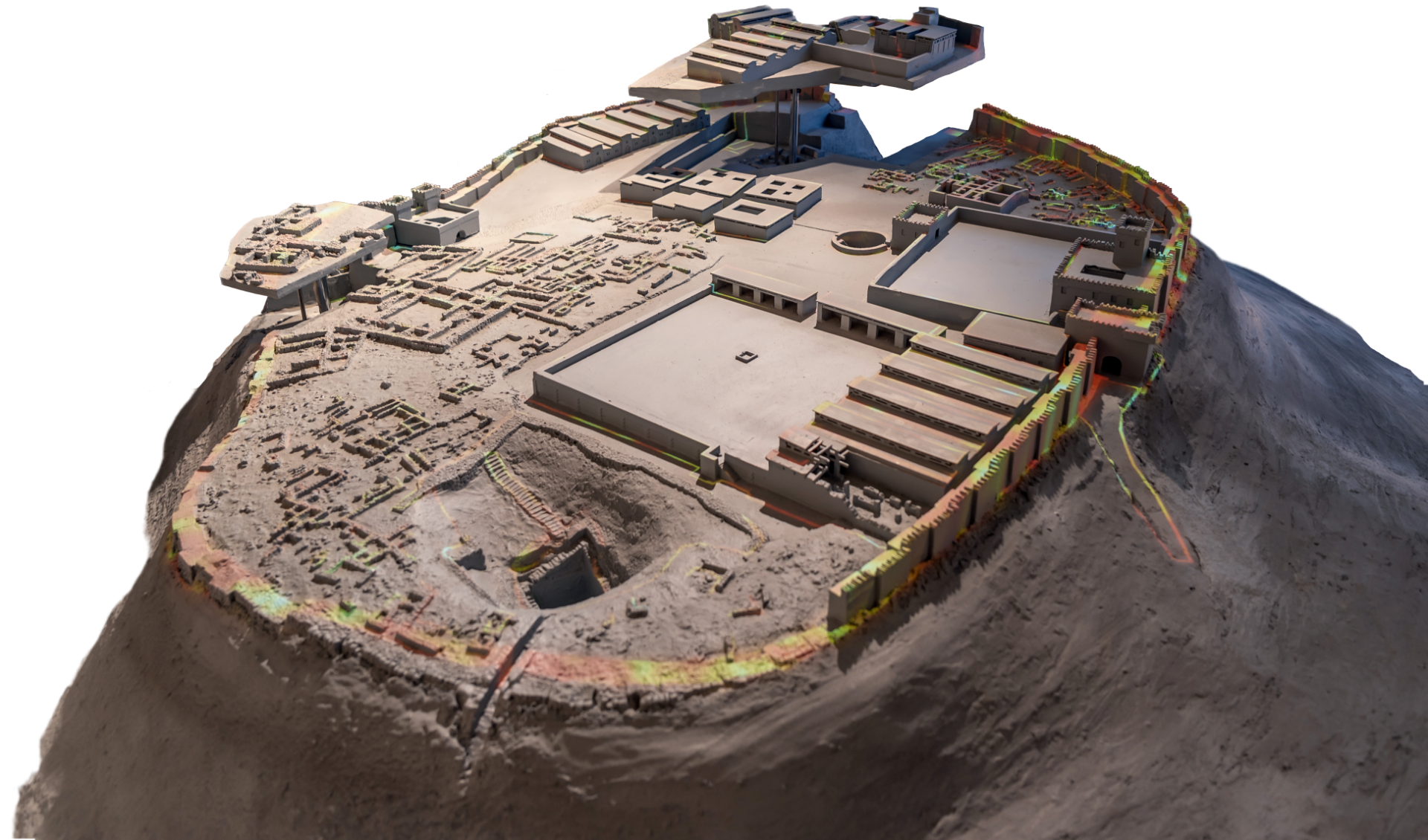What is…
Megiddo
also known as: Megiddon
Hebrew: מְגִדּוֹן —transliteration: Mgiddown —meaning: place of troops
This place was originally one of the royal fortified cities of the Canaanites (Joshua 12:21), and later belonged to the tribe of Manasseh (Judges 1:27), but does not seem to have been fully occupied by the Israelites till the time of Solomon (1 Kings 4:12; 1 Kings 9:15).
Megiddo is mentioned by name 12 times in Scripture and is located southeast of Nazareth.
Plain of Megiddo
also known as: Valley of Megiddo, Valley of Jezreel, Plain of Jezreel, Plain of Esdraelon
Wars of the plain of Megiddo
The valley or plain of Megiddo is part of the plain of Esdraelon, the great battlefield of ancient Israel.
Battle between Deborah and King Jabin of Hazor
It was here Barak gained a notable victory over Jabin, the king of Hazor, whose general, Sisera, led on the hostile army. Barak rallied the warriors of the northern tribes, and under the encouragement of Deborah, the prophetess, attacked the Canaanites in this great plain.
The army of Sisera was thrown into complete confusion, and was engulfed in the waters of the Kishon River, which had risen and overflowed its banks (Judges 4:5).
Battle between King Josiah and Pharaoh Necho (Neco)
II Kings 23:29-30
Many years after this (610 BC), Pharaoh Necho II, on his march against the king of Assyria, passed through the plains of Philistia and Sharon; and King Josiah, attempting to bar his progress in the plain of Megiddo, was defeated by the Egyptians.
He was wounded in battle, and died as they bore him away in his chariot towards Jerusalem (2 Kings 23:29; 2 Chronicles 35:22-24), and all Israel mourned for him. So general and bitter was this mourning that it became a proverb, to which Zechariah (2 Chr. 12:11-12) alludes.
Battle between King Saul and the Philistines
1 Sam. 29:1; 1 Sam. 31:1
Archaeology
The excavation site is called Tel Megiddo (Tell el-Mutesellim)—a 200 foot (60 meter) high mound of successive ruins.
A Christian archaeological video describes this ancient city: “On the Prophets and Kings of Israel” (“Innocent Blood,” part of the Faith Lessons video series).
“When evil dominates society as it did at Megiddo, it’s a wake-up call for Christians to fight for righteousness.”
More information
- Armageddon
- Valley of Jezreel
- Esdraelon / Jezreel
- Hadad-rimmon—a place in the Valley of Megiddo
- Who are the Canaanites?
- Deborah
- King Jabin
- King Josiah
- Pharaoh Necho (Neco)
- King Saul
- Kishon River
- Barak
- Jabin
- David G. Hansen PhD, “Megiddo, The Place of Battles” (illustrated) (Associates for Biblical Research—a Christian Answers team member site)
- Other mentions of Megiddo in ABR articles
 What are the CITIES OF THE BIBLE? Names, descriptions, locations and types
What are the CITIES OF THE BIBLE? Names, descriptions, locations and types- Places of the Bible
- War in the Bible
- Armies in the Bible
